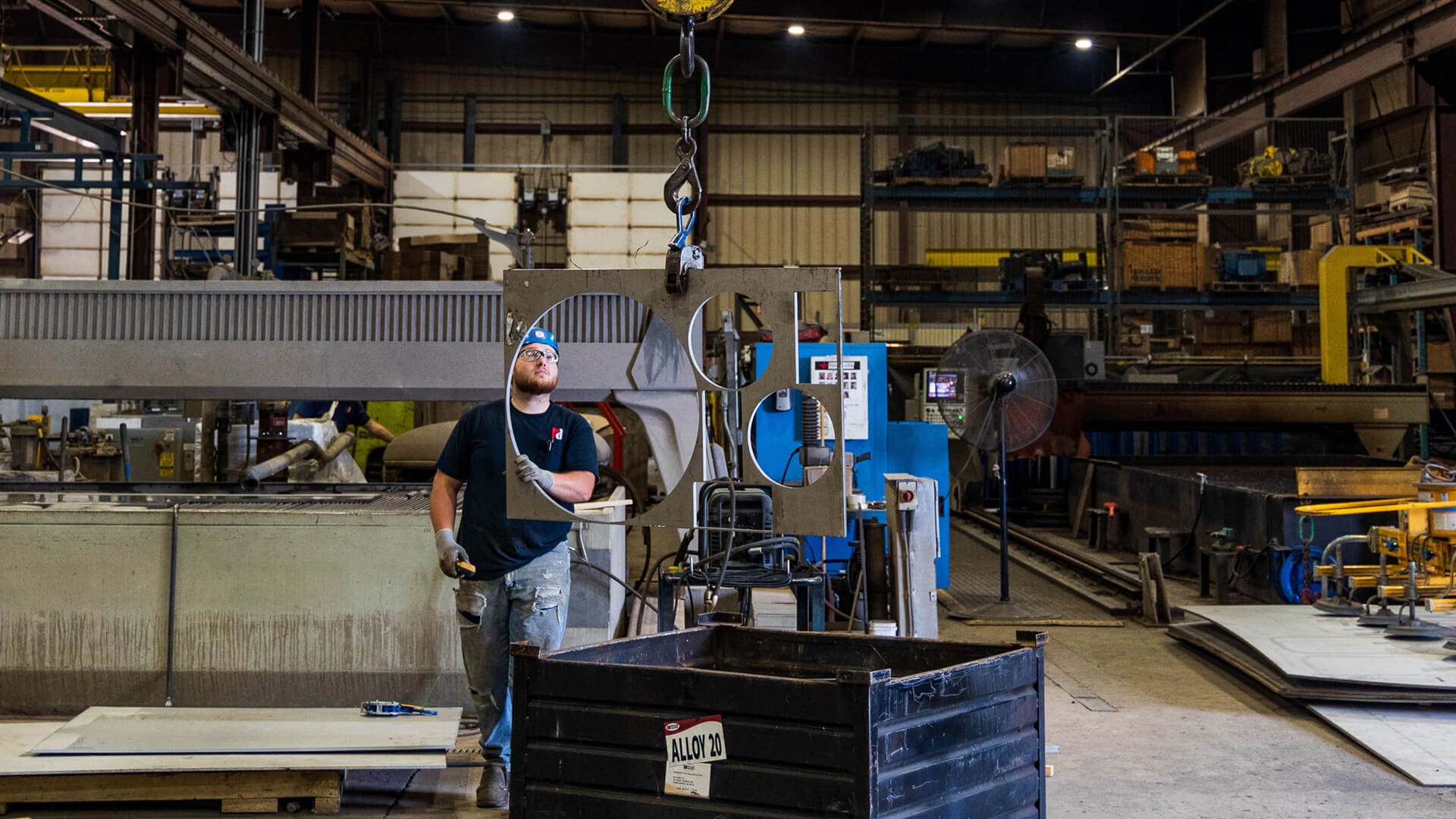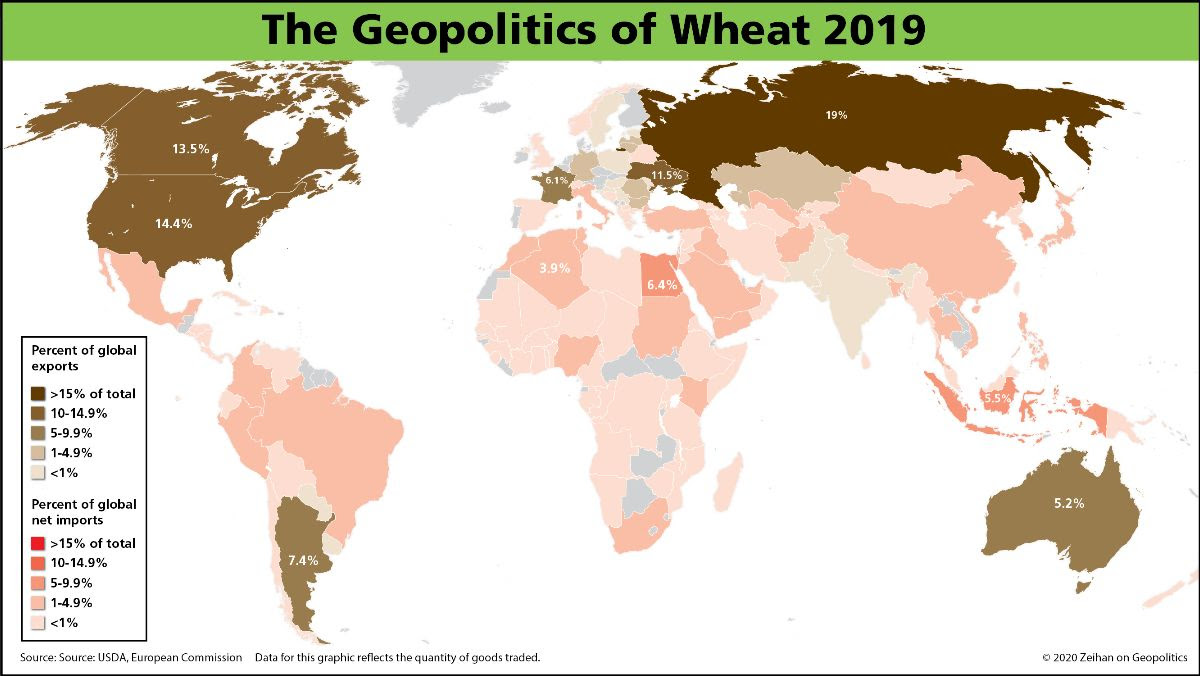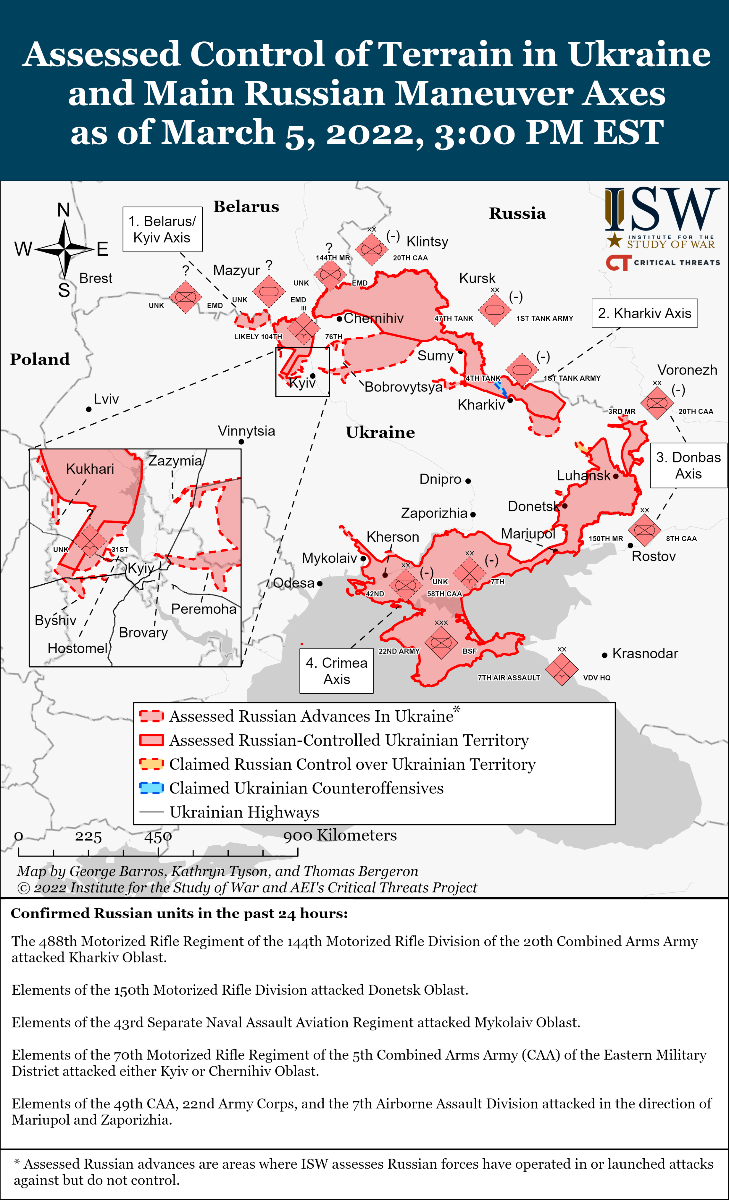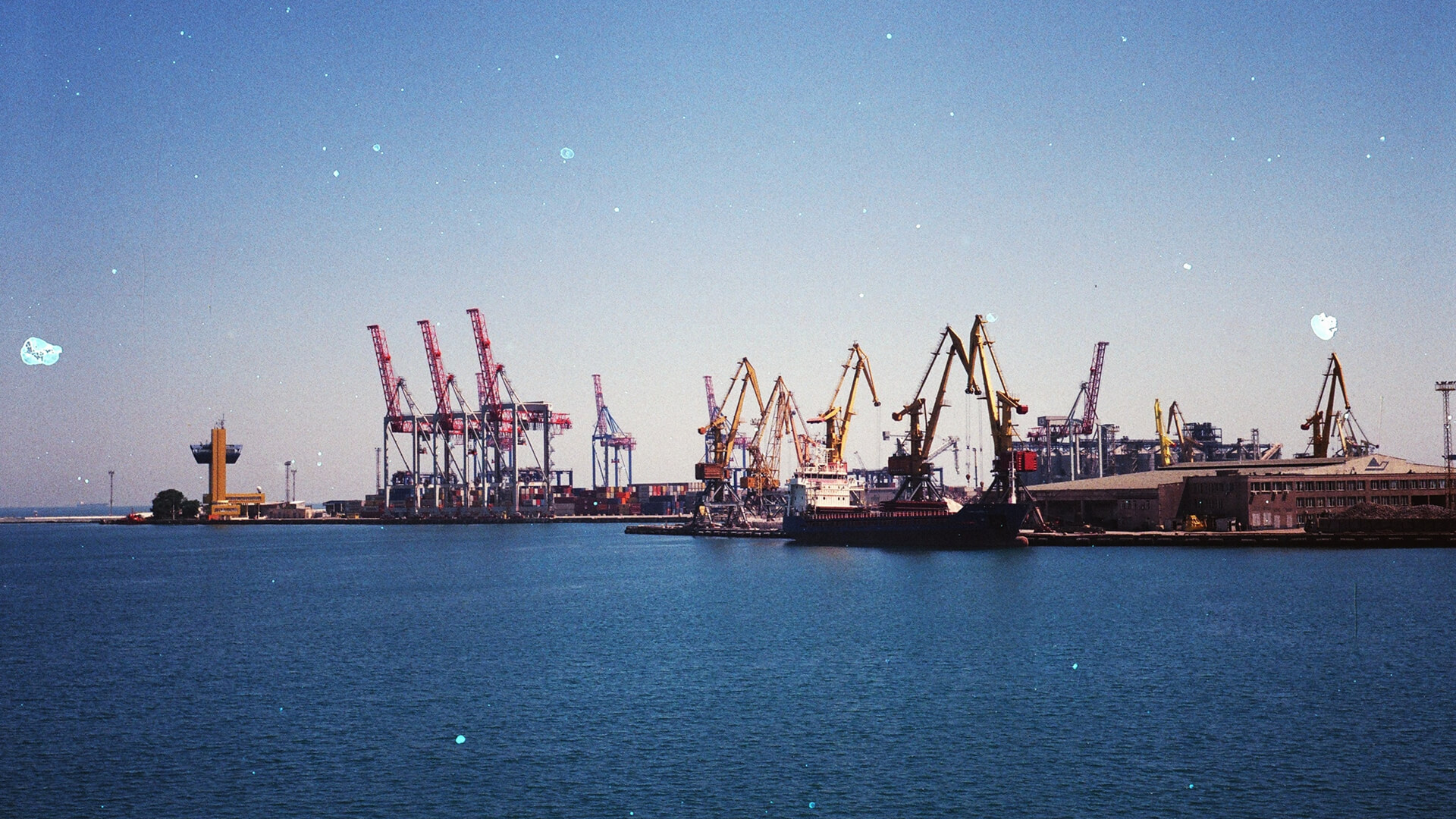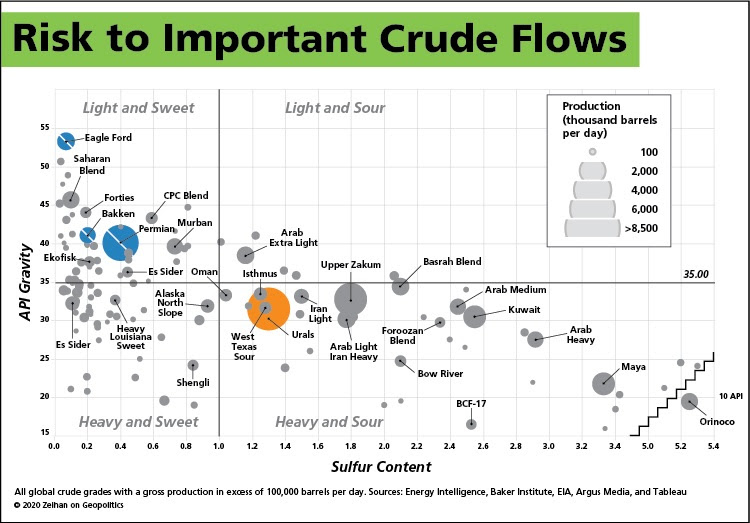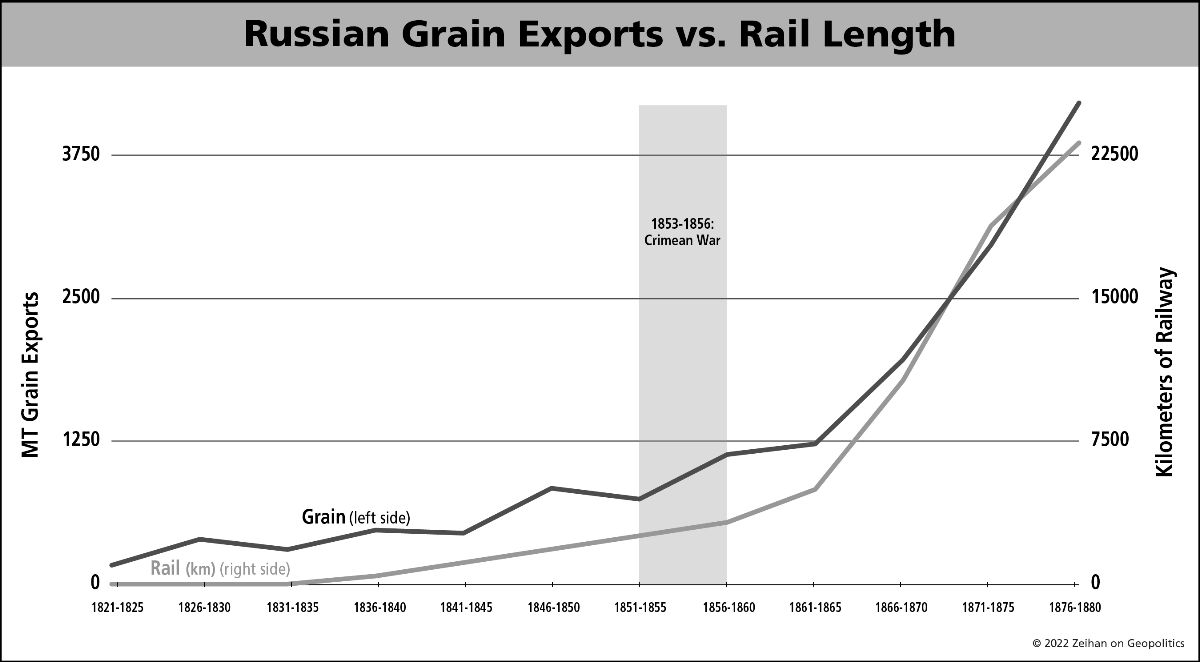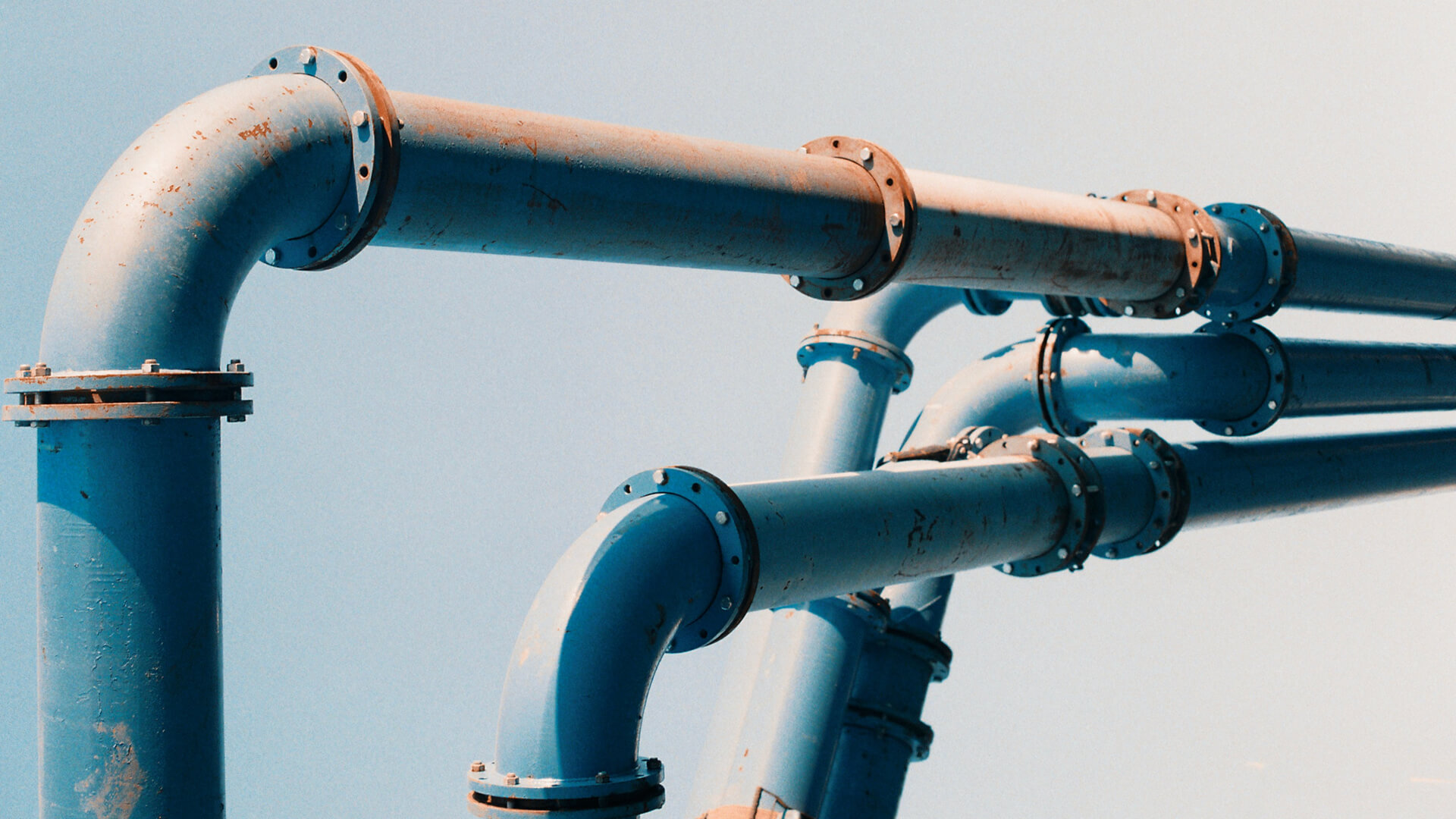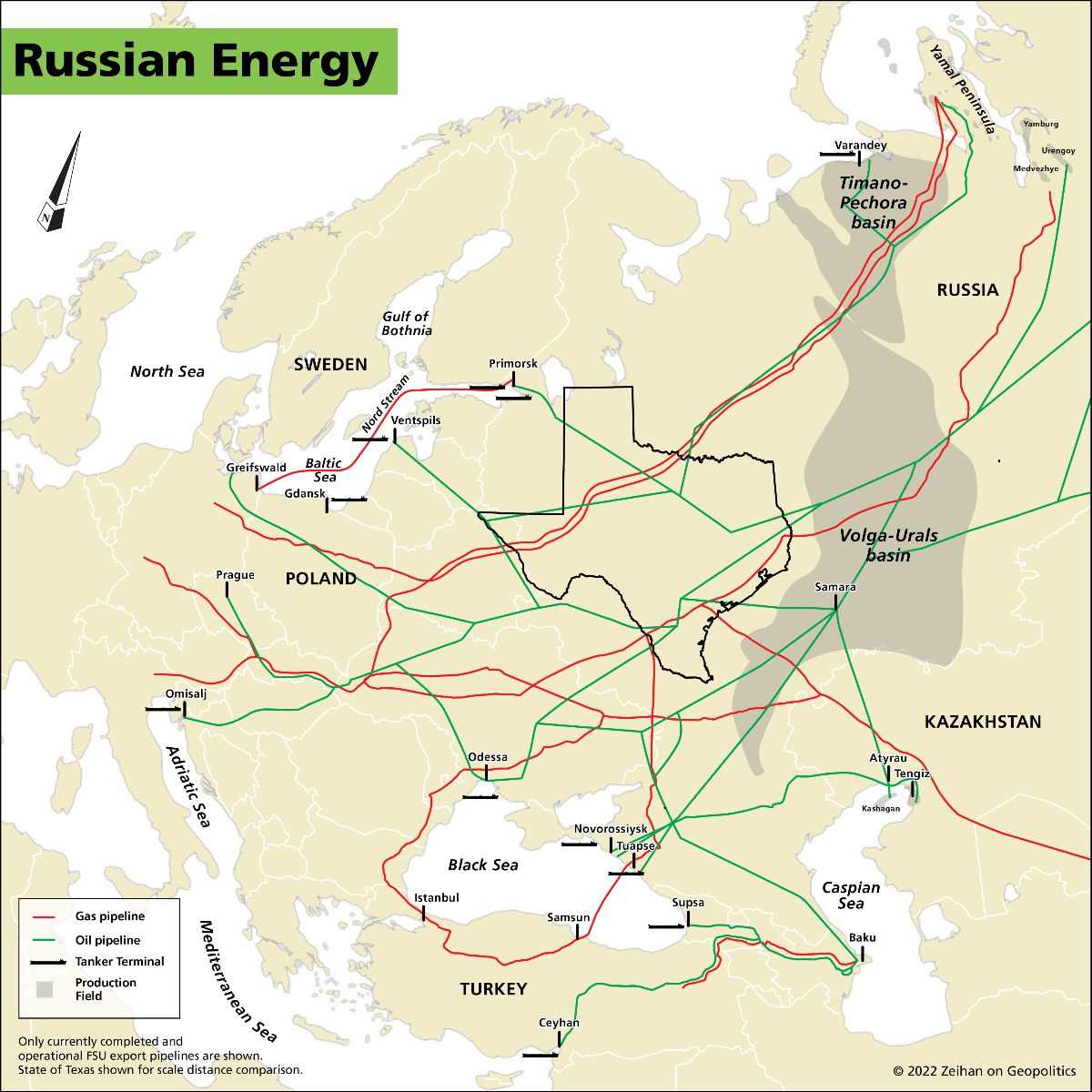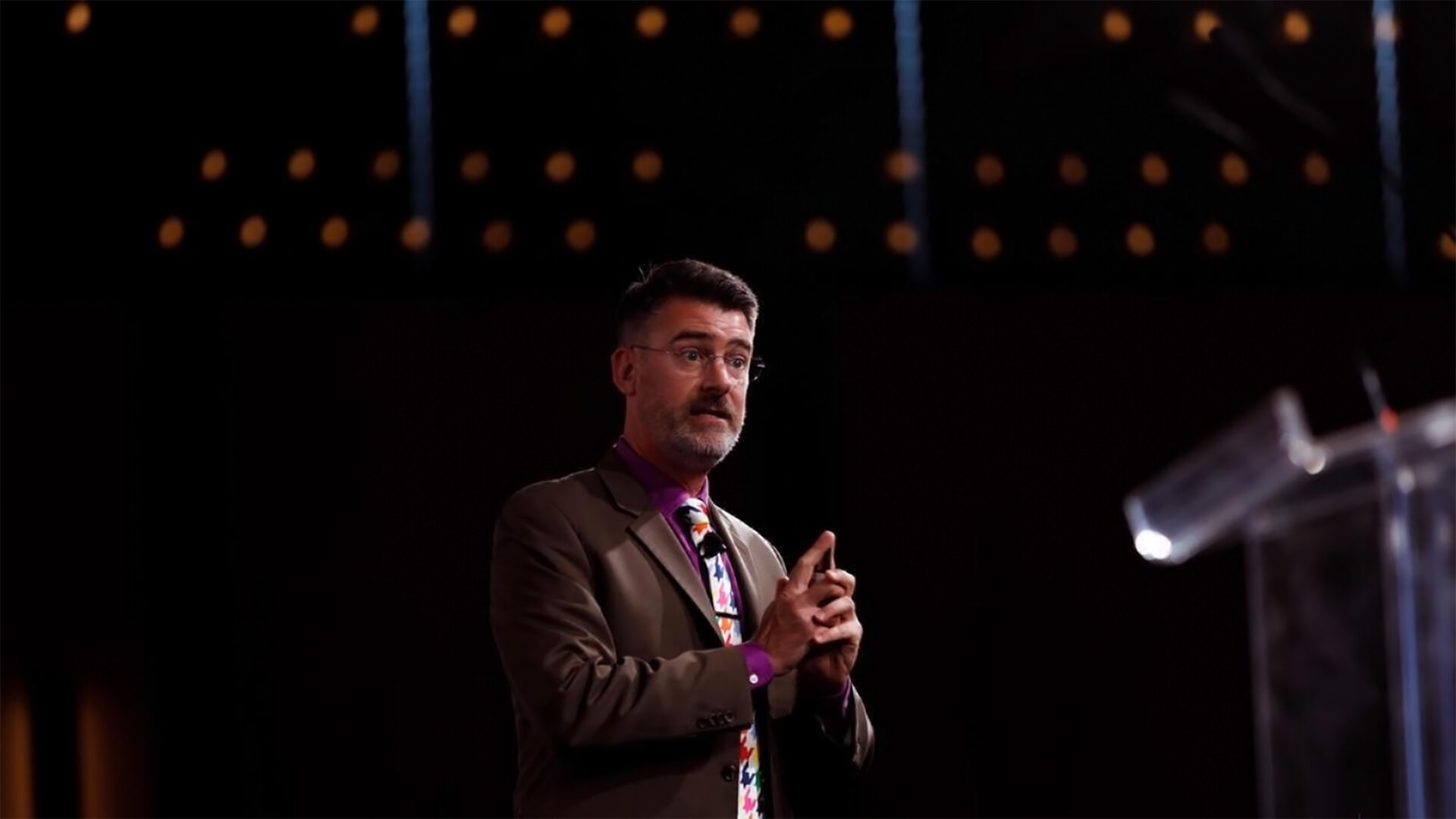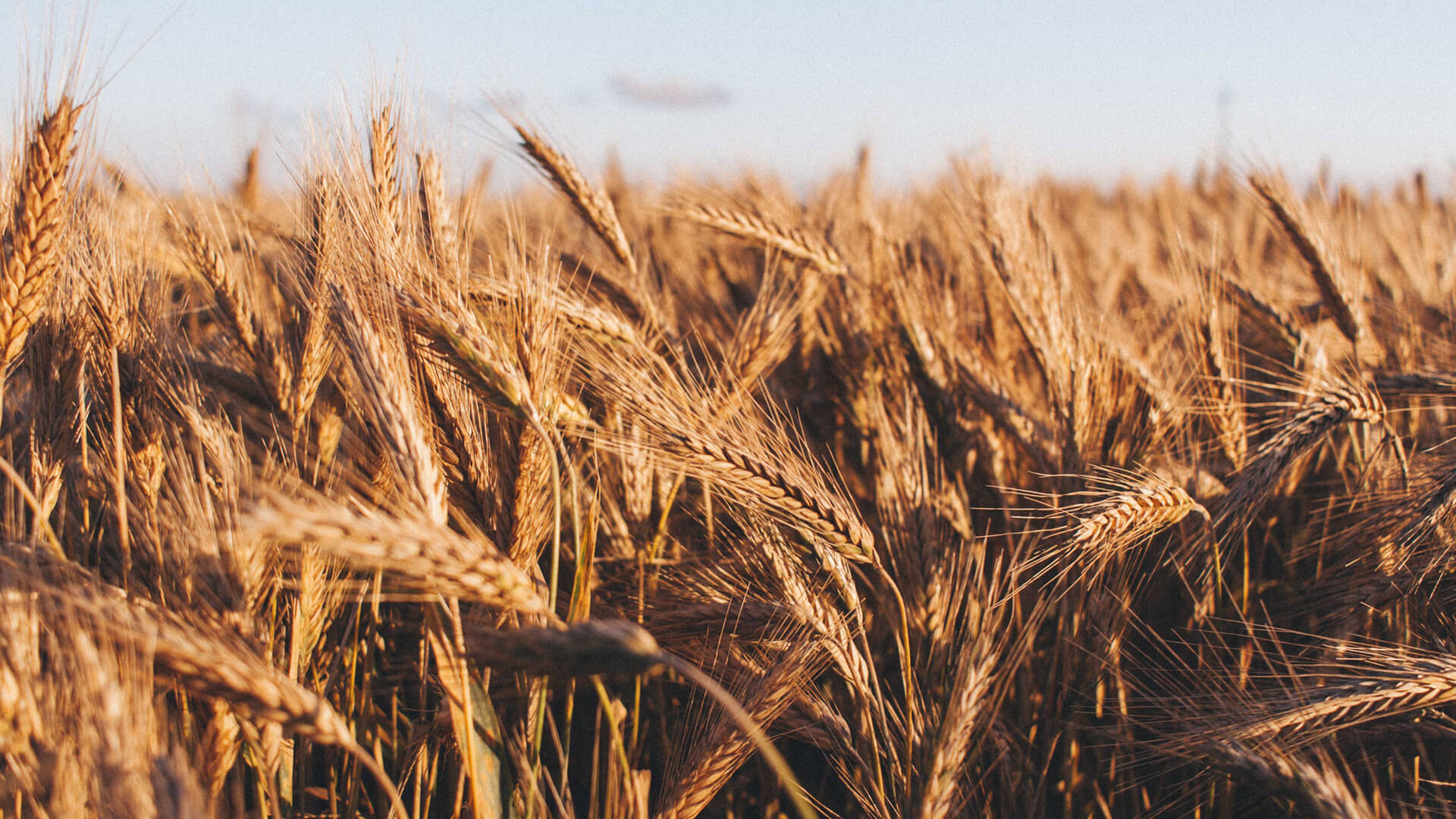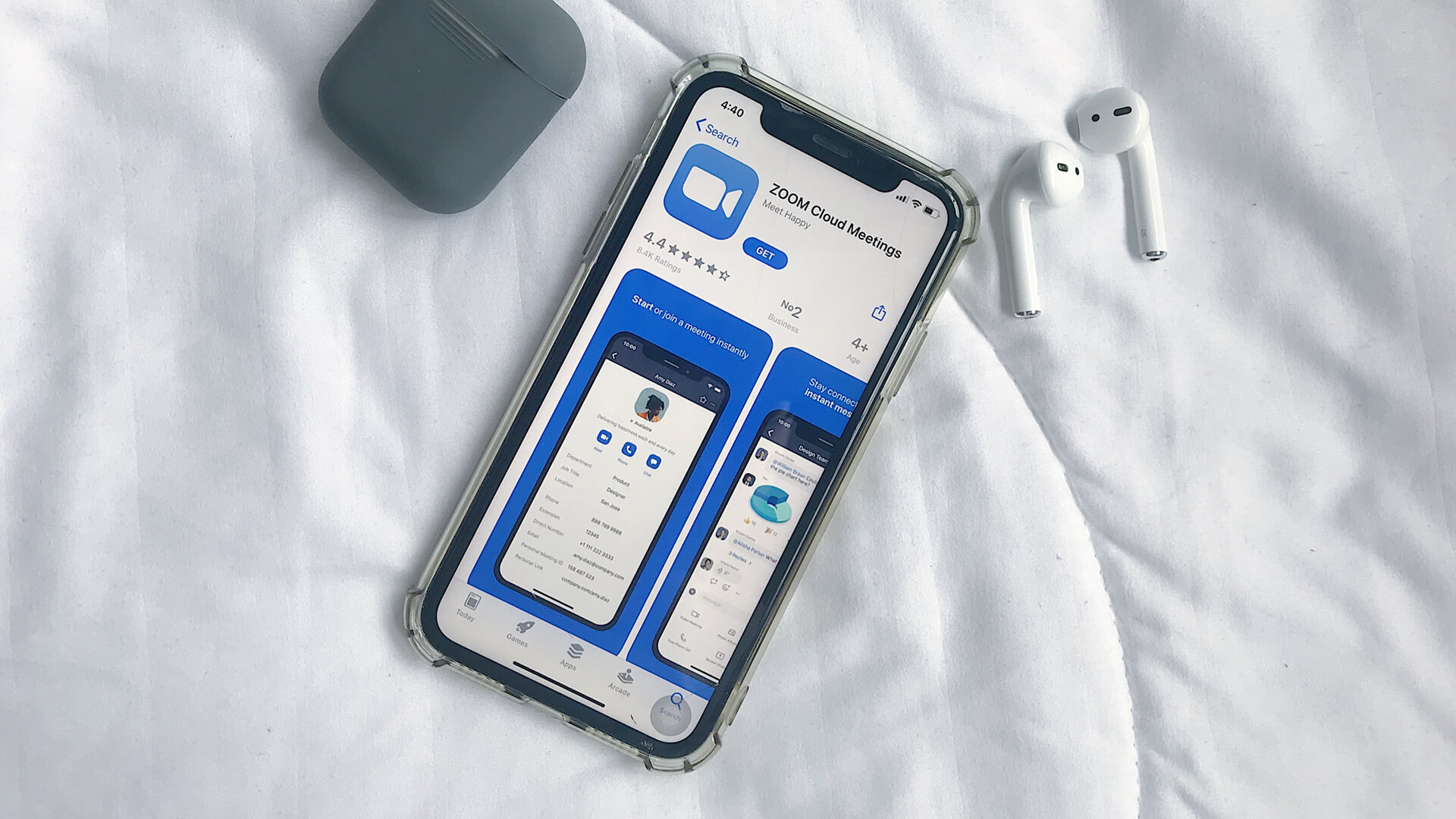The London Metals Exchange halted nickel trades today after prices approximately tripled. Nickel is a metal that surrounds us in our daily lives, primarily as an alloy component in stainless steel: bridges, cutlery, appliances.
But nickel’s importance in our future lives may be even greater still. While not as flashy – at least, before current events in Europe started pushing commodity prices higher – as lithium and cobalt, nickel is every bit as important for green tech. Nickel’s ubiquity and commonplace role in our lives actually helps hide its importance. When was the last time you read a think-piece on nickel supply chains?
As we look toward technologies of tomorrow, their positive impacts have to be weighed against the variety of new and growing inputs going into goods such as electric vehicles; you might be able to detach your economy from a handful of problematic energy exporting countries only to open yourself up to dozens of smaller, more precarious trade relationships.
Here at Zeihan On Geopolitics we select a single charity to sponsor. We have two criteria:
First, we look across the world and use our skill sets to identify where the needs are most acute. Second, we look for an institution with preexisting networks for both materials gathering and aid distribution. That way we know every cent of our donation is not simply going directly to where help is needed most, but our donations serve as a force multiplier for a system already in existence. Then we give what we can.
Today, our chosen charity is a group called Medshare, which provides emergency medical services to communities in need, with a very heavy emphasis on locations facing acute crises. Medshare operates right in the thick of it. Until future notice, every cent we earn from every book we sell in every format through every retailer is going to Medshare’s Ukraine fund.
And then there’s you.
Our newsletters and videologues are not only free, they will always be free. We also will never share your contact information with anyone. All we ask is that if you find one of our releases in any way useful, that you make a donation to Medshare. Over one third of Ukraine’s pre-war population has either been forced from their homes, kidnapped and shipped to Russia, or is trying to survive in occupied lands. This is our way to help who we can. Please, join us.

